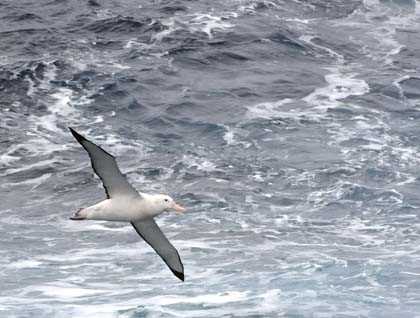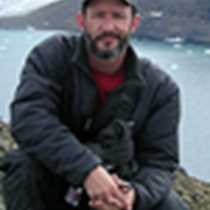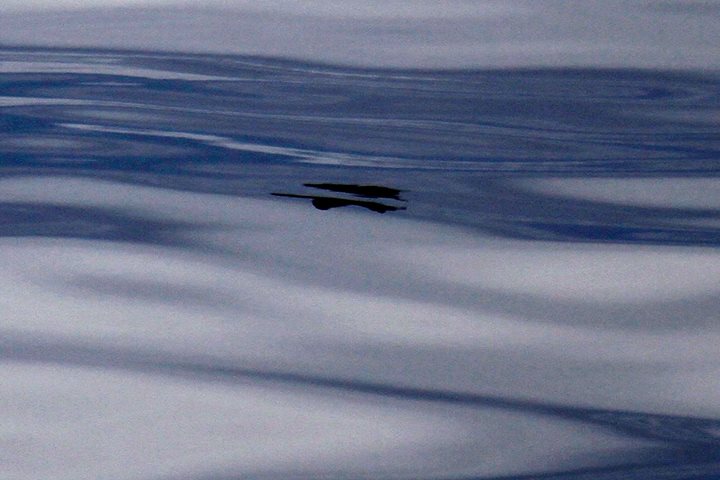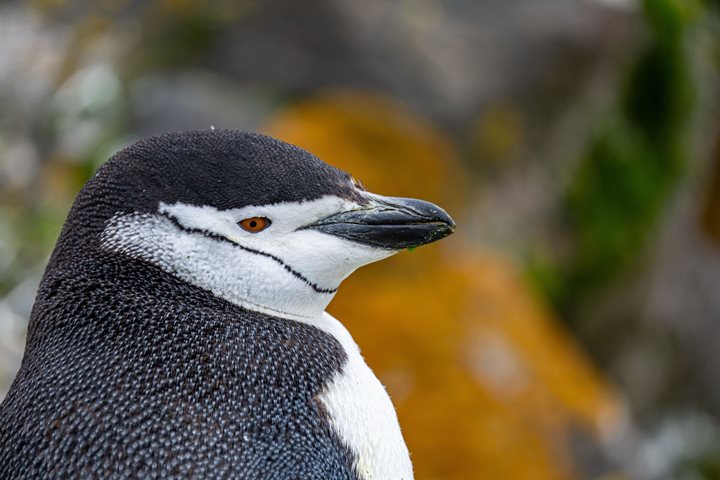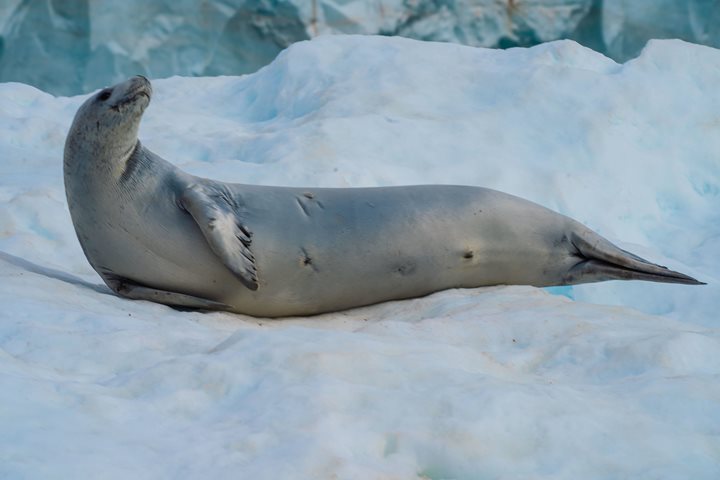Once we had arrived into Ushuaia, Argentina yesterday and settled into our comfortable environs on board National Geographic Explorer it was time for our adventure to begin. During the night the ship passed out of the relatively calm waters of the Beagle Channel and into the Drake Passage, the shortest water passage to Antarctica. The weather was out of the east and the wind was building. This ship takes those seas quite well though and the ship continued making good speed south. During the morning there was a chance to meet the natural history staff who would be our guides while we were on land and give us information during the trip. Later in the morning one of them did just that as Stefan Lundgren gave an interesting talk on the flying seabirds of the Drake Passage. While we, as humans, may not always like the wind that is the companion of these birds, they make their living off the air masses that make their way around the Southern Ocean. Once Stefan was finished there was time before lunch to see the birds in flight off the deck. Wandering albatross, black browed, and other smaller birds including the pintado petrel zipped around the ship showing their mastery of the air.
After lunch there was a talk on cameras and photography to get us ready for the upcoming days on land and on the ship as we look forward to penguins, other seabirds, and marine mammals. Later on a researcher with National Geographic, Kyler Abernathy, who hopes to be dropped off at a small research base to do work on leopard seals, gave another presentation. This is on a technology developed at National Geographic known as the Crittercam. It is a small waterproof camera attached to animals to help study their behavior in the wild. His talk took us to Recap and then dinner. The winds dropped and we all look forward to seeing the islands of Antarctica tomorrow.

